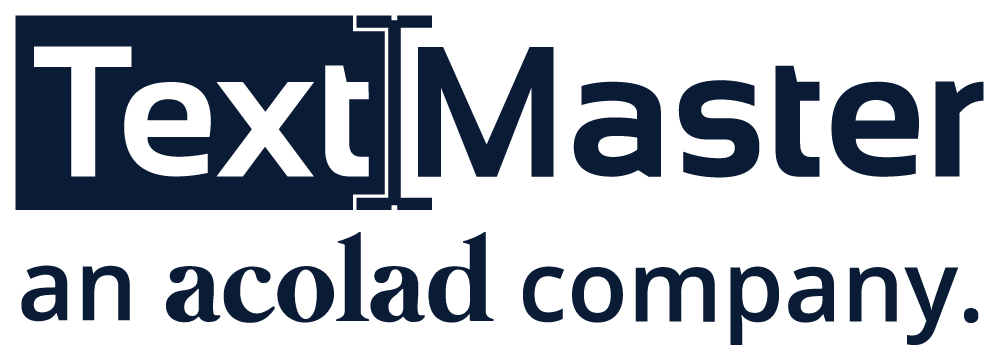When you think of breaking translate language barriers and connecting across cultures, LanguageLine Solutions (LLS) sits right at the centre of that conversation.
Founded in 1982, they’ve grown into a major player offering multilingual interpreting, AI translation and localisation services.
Whether you’re in healthcare, education, government or business, understanding and supporting diverse languages matters.
LLS brings together human linguists plus tech to make that happen.
In this article, I’ll walk you through who they are, what they do (with features and terms you’ll hear a lot), how their pricing works, plus the pros and cons so you get the full picture.
Who they are
LanguageLine Solutions states it is “driven by humanity and powered by technology”. They claim 35,000+ expert linguists and handle more than 87 million interactions per year.
They support 240+ languages (and even more language combinations for translation/localisation) and operate 24/7/365.
Their clients include major enterprises across healthcare, financial services, public safety and education.
Monthly visitors to their website are estimated at around 230,700 globally.
On LinkedIn they have about 117,662 followers and on Facebook around 19,000. So rough sum of social media followers: ~136,662.
They’ve built a strong reputation and infrastructure for language access.
Key features
On-demand interpreting
You can get live phone interpreting, video remote interpreting (VRI) and onsite in-person interpreters. They emphasise “instant access” to linguists when needed.
This is especially useful when you have limited-English proficient (LEP) users and need someone right away.
Translation & localisation
Beyond just interpreters, they provide document translation, website/app localisation, eLearning localisation and multimedia localisation.
This is helpful if you’re serving global markets and need tailored content for different languages and cultures.
Testing & training
They support training of bilingual staff, certification of interpreters and language proficiency testing in 50+ languages.
Good if you want to raise your internal capability as much as outsource.
Technology & analytics
They have their own tech stack (platforms, app, portal) and launched “LanguageLine Analytics” to give clients dashboards and usage insights.
They focus on scalability, security and seamless client integration.
Industry & compliance support
Because they serve healthcare, government and other regulated industries, their solutions emphasise security, regulatory compliance, multilingual access and cultural competence.
Have a look at smart enterprise with alternatives
Pricing (rough guide)
They don’t publish a flat-rate for all clients (it depends on volume, language, modality, contract etc). But here’s a typical breakdown you might expect:
- On-demand phone interpreting: you may pay per minute or per event (e.g., USD 1.50-3.00 per minute depending on language and volume)
- Video remote interpreting: somewhat higher than phone (because video adds cost)
- Onsite interpreting: daily or hourly rates, depending on location, language and assignment complexity
- Translation/localisation: price per word or per project, based on language pair, subject matter, turnaround time
- Analytics/training modules: may be included or charged as part of service package
If you imagine a small-to-mid size client using phone interpreting for common languages they might pay somewhere around USD 2-3 per minute; larger contracts will negotiate volume discounts.
When you’re investigating with LLS ask for “volume pricing tiers”, “language profile pricing” and “modality mix” to see how your cost could scale.
Pros and cons
Pros
- Huge coverage of languages: 240+ and many combinations for localisation.
- Human linguists + tech backing: the “human in the loop” plus platforms means quality and flexibility.
- 24/7/365 availability: which matters when your audience is global or around the clock.
- Strong analytics and reporting: gives you insight into usage, cost drivers and optimisation.
- Industrycredibility: big clients, experience in regulated sectors, sign of trust.
Cons
- Because of scope and scale, the cost might be higher than smaller niche providers for common languages.
- Custom contracts may require minimum volumes or startup fees.
- For very rare languages or remote onsite assignments, lead time / cost may increase.
- If you only need very occasional interpreting, you might pay for capacity you rarely use.
Conclusion
LanguageLine Solutions brings together scale, technology and linguistic expertise to help organisations overcome language access challenges.
With coverage of hundreds of languages, global capacity, real-time interpreting, translation/localisation and training/testing, they cover the full spectrum of multilingual communication.
As with all services, you’ll want to compare cost-vs-use, negotiate terms, define your language profile, and clarify your service expectations.




